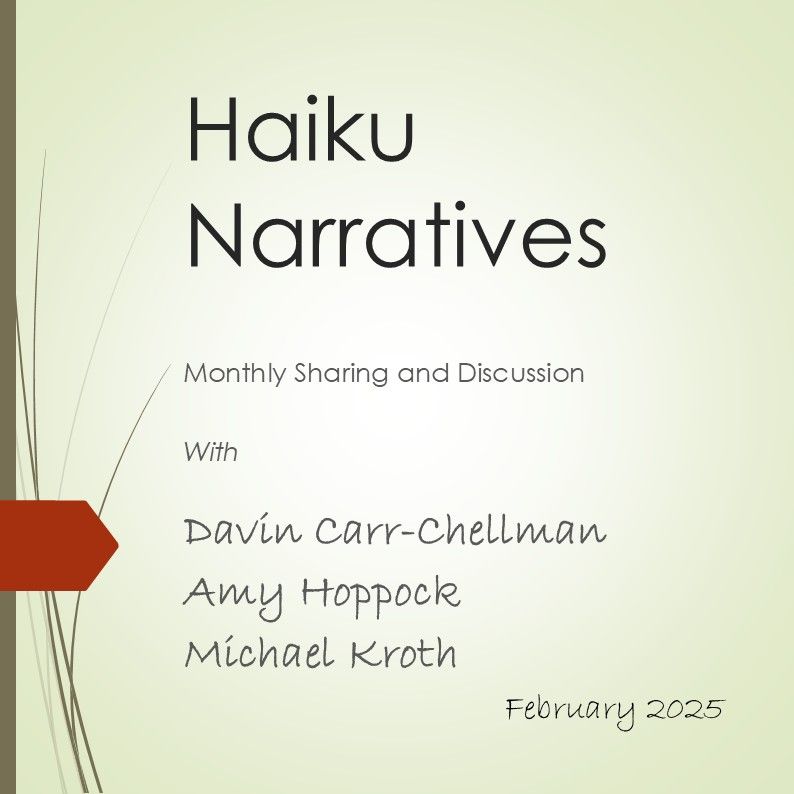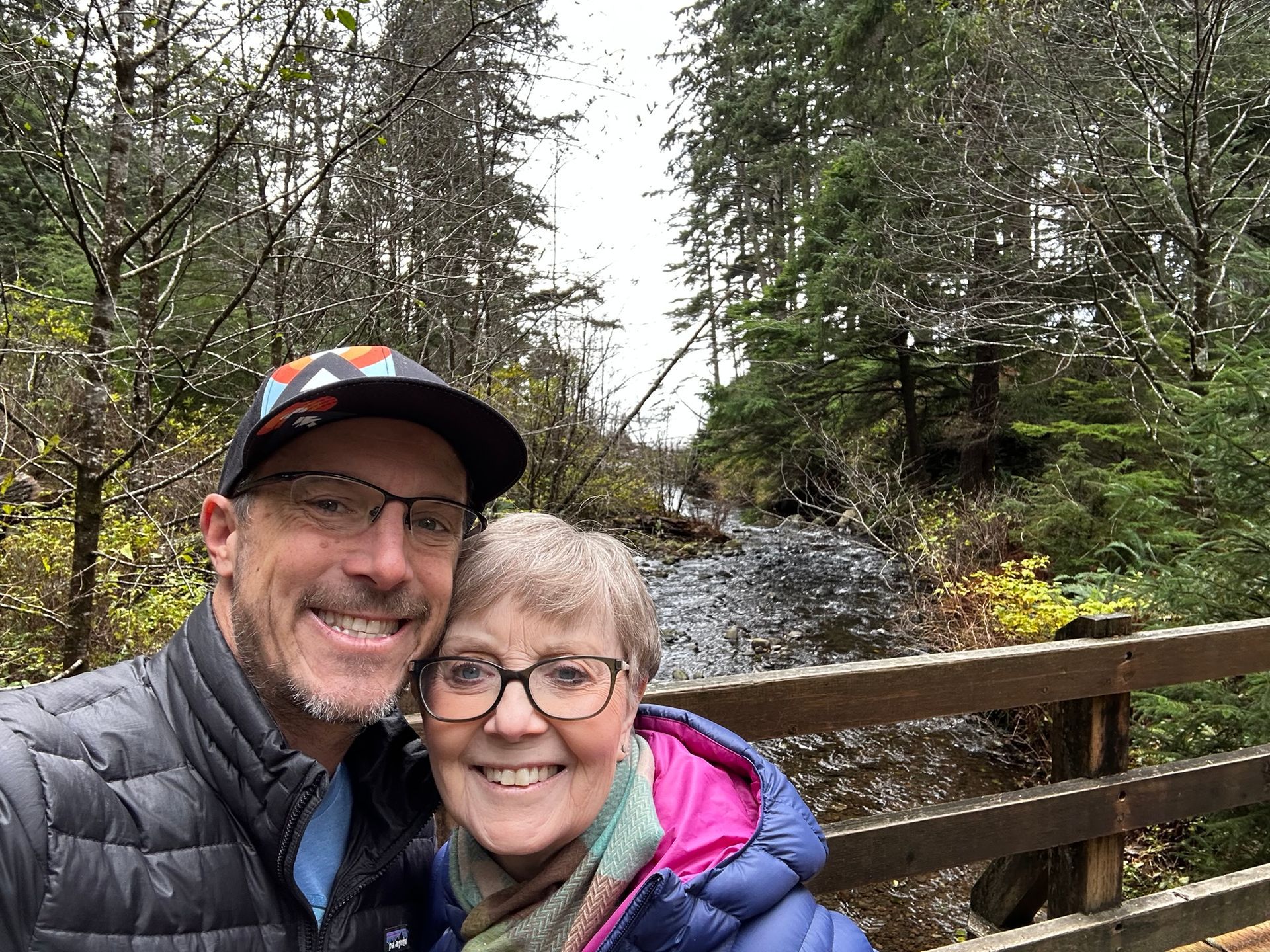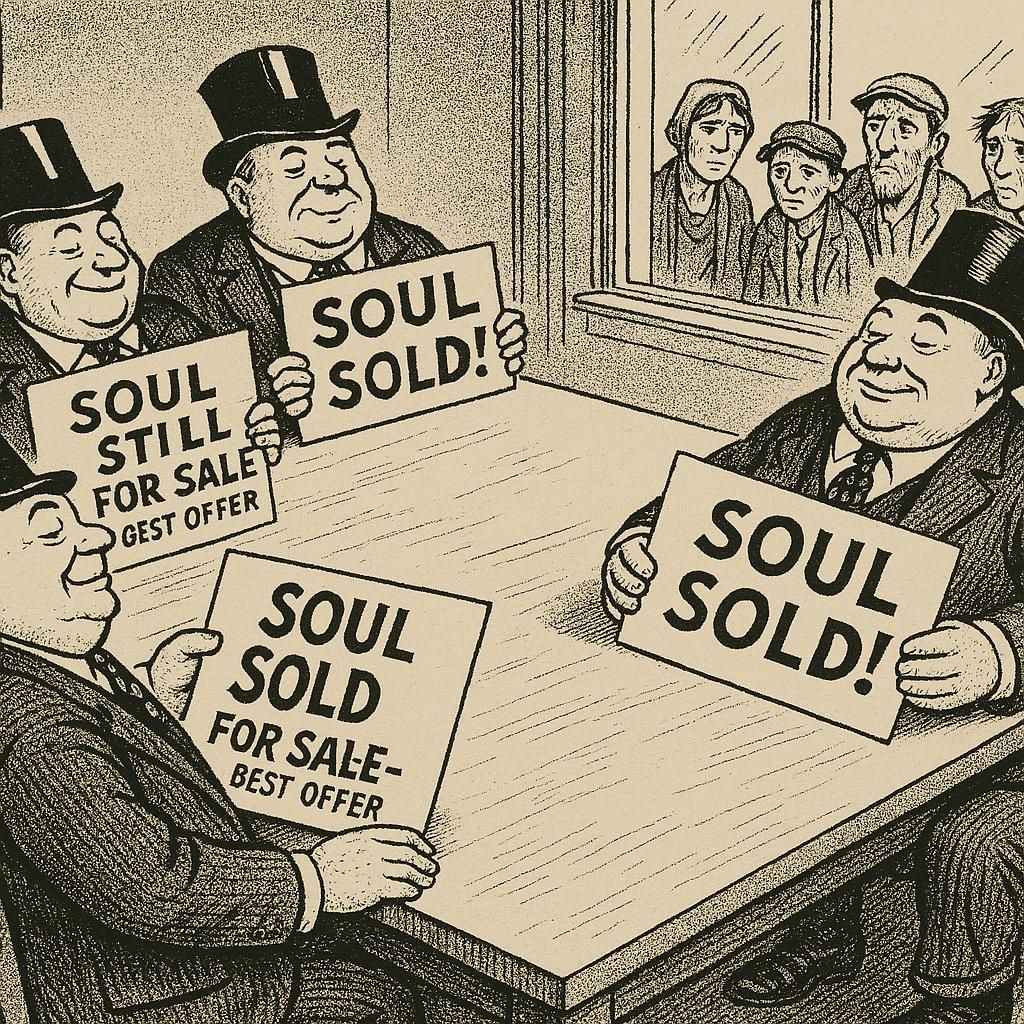Book Review: From Strength to Strength - Finding Success, Happiness, and Deep Purpose in the Second Half of Life
Arthur C. Brooks' Book Is Well Worth Your Time and Attention

Arthur C. Brooks’ book, From Strength to Strength: Finding Success, Happiness and Deep Purpose in the Second Half of Life, is one of those books that I am intrigued by but which might sit on my bookshelf for years before I read it. Thus, it was fortuitous that a small group of us decided to make it a reading and discussion choice, because I thoroughly enjoyed both the reading and the discussing of it. I learned quite a bit that I can, have already, and will apply to my own life and work. I think you would as well.
The discussion was enriched because all of us discussers are in the “second half of life”.
(I mentioned this book in an earlier post, Underwriting the Next Phase of Your Life.)
I was first introduced to Brooks through his Atlantic column, How to Build A Life, and a person would find their time well spent by reading his thoughtful, intelligent, well-researched, and engaging essays. He has plenty of scholarly street cred, as the William Henry Bloomberg Professor of the Practice of Public Leadership at the Harvard Kennedy School, and a professor of management practice at the Harvard Business School. (Harvard...ooooo......) He is also the former president of the public policy think tank, the American Enterprise Institute.
What helps to make his perspective especially rich for me is his life street cred. We learn that his first “life’s dream” was to “become the world’s greatest French horn player, and why that did not pan out for him. Having the lens of a performing artist in addition to that of a social scientist, think tank president and, to the point of the book, being a person who is in the second half of life, gives his narrative perspective and multiple perspectivity. The richness of his personal life is complemented with the substance of science, along with the practicality and experience of public life led at a high level of achievement.
The book is written in the style of so many popular nonfiction books these days. The narrative is both personal and professional. The author often speaks with personal experience about the material, what was learned, and how those “lessons” were usefully applied to their lives and can be to our lives as well. The chapters for these kinds of works usually begin with a real example, written as a story, which the reader is likely to relate to in some fashion; with insights to be drawn from it then explained; anchored with data from research; with some rules for success, or questions to ponder, or activities to try, at the end.
Sometimes, as From Strength to Strength does, there is a story at the start of the book, say in a prologue or introduction, which sets the stage, and at the end of the book there is “the rest of the story” which ties everything up nicely. These stage-setters are often personal examples about how an event “changed my life", which gives the book authenticity, importance, and implies that real people, like us, might be able to change as well. Books like these often “reveal hidden secrets” and promise that a person - any person, and especially a person like you or me – can change their life for the better if they do this or that. Readers lap this stuff up.
As do I.
Many books, often successful and quite useful, have the “here are the secrets to success” but little more than the anecdotal and the guidance for success. The genre From Strength to Strength falls into additionally builds on, and clearly references, research and theory which has been vetted through journals with blind peer review, and sometimes including or based upon even the author's own work. These kinds of books often stand the test of time and can be valued resources for both scholars and people reading for their own life journey (sometimes these are the same person, eh?) for years to come. They are not fluff.
Three Useful Ideas (out of a bunch more you can find in this book)
The book makes many strong, compelling, and applicable ideas which I found important for me both professionally and personally. Here are just three.
Fluid and Crystalized Intelligence
The first, and the main through-line of the book, is that as we age our fluid intelligence wanes and our crystalized intelligence waxes. Fluid intelligence is “the ability to reason, think flexibly, and solve novel problems. It is what we commonly think of as raw smarts, and researchers find that it is associated with both reading and mathematical ability” (p. 26). Crystallized intelligence is “the ability to use a stock of knowledge learned in the past...it tends to increase with age…” (p. 27).
To summarize, Brooks says, “When you are young, you have raw smarts; when you are old, you have wisdom. When you are young, you can generate lots of facts; when you are old, you know what they mean and how to use them" (p. 27). Recognizing this, Brooks says, and changing our approach to life accordingly, results in good things, most importantly that later life can be rich and rewarding. Ignoring this, or believing we can overcome this natural process, can result in disappointment and unhappiness in later life. Adapting one’s career to this natural aging process can extend it and make it more fulfilling.
That we have fluid and crystallized intelligence is not a new idea. Psychologist Raymond Cattel proposed it in a 1971 book, and it was in textbooks I used in classes I taught decades ago. What Brooks does very well here is to use this idea throughout the book to make the case that many people continue to rely on fluid intelligence when they would be better served to adapt to and to capitalize on, their crystallized knowledge.
Escaping Our Success Addiction
Brooks opens chapter two, Kick Your Success Addiction, with a powerful story about a woman who was both extremely unhappy and extremely successful; who worked long, long hours; and who was worried that the skills that had made her successful were declining. The key line in the entire chapter was her response to Brooks’ question about why she didn’t do what would make her happier. She said, “Maybe I would rather be special than happy” (p. 44).
“Maybe I would rather be special than happy.” Therein lies, Brooks says, a real problem. “She was addicted – to work and, underneath that, to success.” To be addicted to success is to never be sustainably happy, because there can never be enough success, there will always be a striving for more. And with the inevitable decline that comes with age, that means that many people will find themselves in the latter parts of life to be unhappy and unfulfilled. "Working hard and enjoying it," Brooks says "doesn't make you a workaholic" (p. 48). When work becomes the addiction of workaholism, however, there’s trouble. “What workaholics truly crave,” Brooks says, “isn’t work per se; it is success. They kill themselves working for money, power, and prestige because these are forms of approval, applause, and compliments…” (p. 50). There is so much in this chapter worth pondering, as Brooks discusses pride, fear of failure, perfectionism, social comparison (the “thief of joy”, as Teddy Roosevelt is believed to have said as Brooks notes), and self-objectification. Each of which can suck the happiness right out of ourselves.
Satisfaction Is What You Have, Divided By What You Want
Brooks proposes that “Satisfaction = What you have ÷ what want you want” (p.86).
He contrasts this equation with “Satisfaction = Continually getting what you want” (impossible, right?). “Success – Continually having more than others” (someone’s always sitting there trying to have more – fame, money, power – than you have). And “Failure – Having less” (less mental capacity, less ability physically, just having less and then less).
I like Brooks’ equation a lot, so let’s make it a true equation: S (satisfaction) = H (what you have)/W (what you want): S = H/W
S = H/W
What this equation easily conveys is how one can achieve satisfaction – either increase what you have or reduce that you want. If “1” means fully satisfied, then what one has = what one wants. An S ˃ 1 represents more “have” than “want”, which we can call “abundance”. An S ˂ 1 represents less “have” than “want”, which we can call scarcity.
This explains why people who can never seem to have enough (fame, power, wealth) can never be satisfied. Can never be happy. Their “have’s” (whether it is a 1200 sq foot home or a mansion), can never catch up to what they want (two mansions, two mansions and an English castle, etc. and etc. and etc…). It explains why people with considerably less (fame, power, wealth) can be completely satisfied, even living abundantly with generosity, because their wants are far less and therefore more easily attained.
Minimalism is such a popular topic these days, and fits right into this equation. We don’t need to compare ourselves with others – which is a never-ending source of dissatisfaction. The addiction to consumerism – fed by advertising and social programming and social comparison – must be broken before satisfaction can ever reach S = 1. A celebrity culture addicted to worshipping fame must be broken before satisfaction can ever reach S = 1.
On the other hand, reducing one’s wants is often much easier to achieve. Much, much more easily for most people reading this, who have First World problems. Not so easily for those who want – who vitally need – sustainable sources of food, clothing, shelter, and security in order to survive. We can always critically reflect upon how much our wants exceed our actual needs, and then consider how we might reduce those wants enough to bump our satisfaction rating towards and beyond a “1”.
The implications of Brooks’ simple equation are profound.
The Value of Group Discussion
Finally, just a word about book discussion groups. They are rewarding and enriching.
OK, that is two words. Rewarding. Enriching.
I'll add a third - enjoyable and engaging.
OK, that's four - clearly, I'll need more space.
More on this in a future essay.
Finally
There is much more in From Strength to Strength to explore. Perhaps you’ll read it on your own. Or perhaps your book group will adopt it. Or maybe you’ll put together your own group to kick around the ideas you’ll find.
Or maybe you’ll be too busy striving, workaholic-ing, to be successful to do that.
Remember: S = H/W
References
Brooks, A. C. (2022). From Strength to Strength: Finding Success, Happiness and Deep Purpose in the Second Half of Life. Bloomsbury Publishing.
Also
The American Enterprise Institute:
"The American Enterprise Institute is a public policy think tank dedicated to defending human dignity, expanding human potential, and building a freer and safer world. The work of our scholars and staff advances ideas rooted in our belief in democracy, free enterprise, American strength and global leadership, solidarity with those at the periphery of our society, and a pluralistic, entrepreneurial culture."











